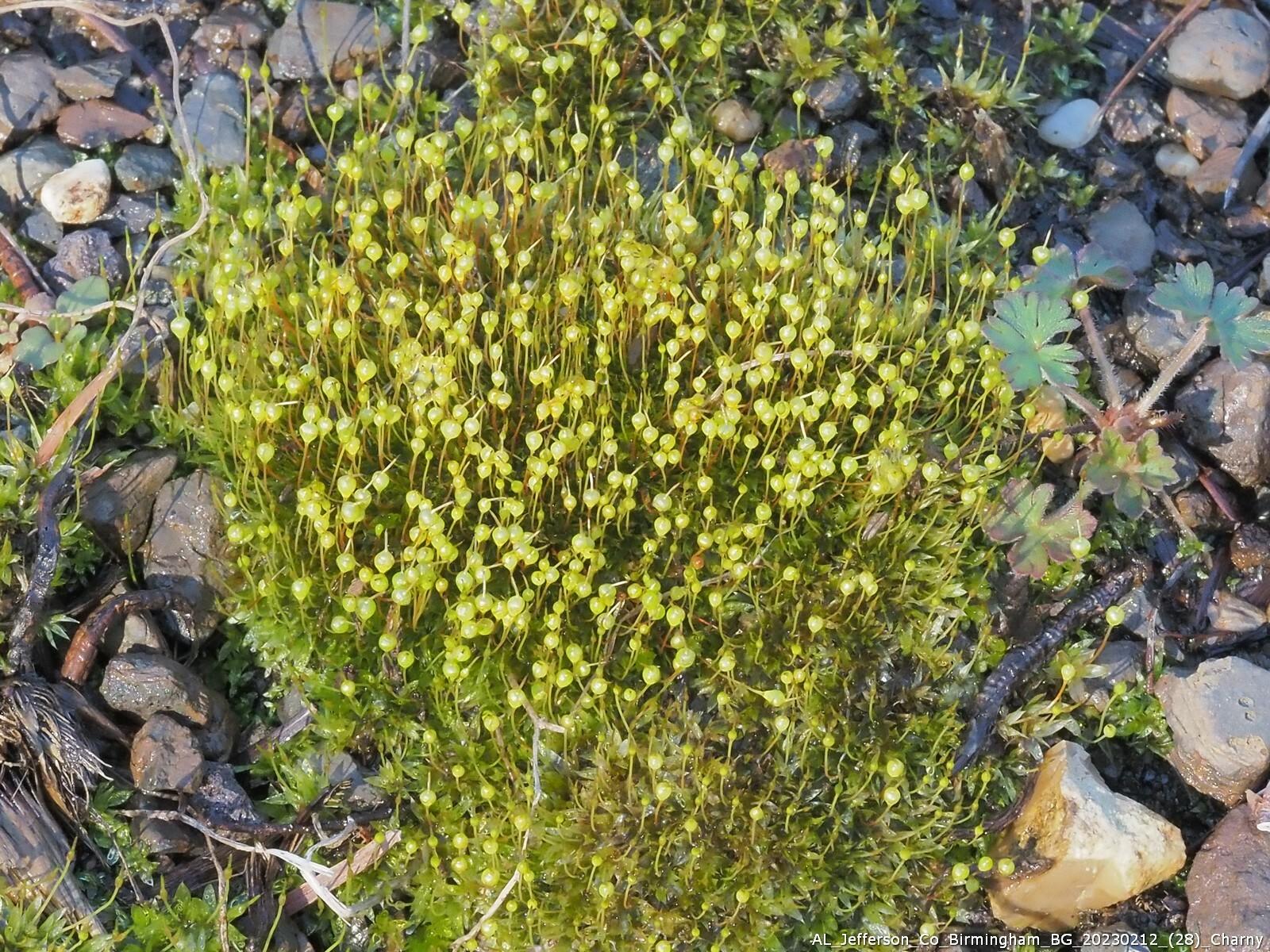
original.jpg from: https://www.gbif.org/es/species/2673956
Exploring the Fascinating World of Physcomitrium Moss
Introduction
When it comes to the incredible diversity of plant life on Earth, mosses are often overlooked. But these tiny, ancient plants are truly remarkable! In this post, we’ll take a closer look at one particularly interesting genus of moss: Physcomitrium (Brid.) Brid., commonly known as Physcomitrium moss. Part of the Funariaceae family, these mosses may be small but they have some big surprises in store. Get ready to dive into the captivating world of Physcomitrium!
Background on Mosses
Before we focus on Physcomitrium, let’s review some moss basics. Mosses are non-vascular plants in the division Bryophyta. Unlike other plants, they lack true roots, stems, and leaves. Instead, they have root-like rhizoids, a stem-like structure called a seta, and leaf-like structures called phyllids. Mosses reproduce via spores rather than seeds and they are found in diverse habitats worldwide, from arctic tundra to tropical rainforests. There are over 12,000 species of moss!
Morphology and Identification of Physcomitrium
Now let’s look at the defining characteristics of Physcomitrium mosses. They form small, delicate tufts or cushions, usually only 2-10 mm tall. The phyllids are ovate to lanceolate and have a costa (midrib) that ends before the apex. Physcomitrium is acrocarpous, meaning the sporophytes emerge from the tips of the main stems. The capsules are pear-shaped and have a distinct apiculus (a short point) when the operculum (cap) falls off. Under a microscope, the peristome teeth are absent, a key identifying feature.
Global Distribution and Habitat
Physcomitrium mosses have a cosmopolitan distribution, found on every continent except Antarctica. They commonly grow in open, disturbed habitats like soil banks, fallow fields, and mud flats. Look for them in moist, shaded sites with bare soil. Some species are more habitat-specific, like P. pyriforme which is found in basic seepage areas and limestone. Many Physcomitrium are pioneer species that help stabilize soil after disturbances.
Ecological Roles and Adaptations
Like other mosses, Physcomitrium plays important ecological roles. They help retain moisture, prevent erosion, build soil, and provide habitat for micro-organisms and invertebrates. Some unique adaptations of Physcomitrium include:
- Cleistocarpous capsules: spores are released when the capsule wall disintegrates rather than through peristome teeth
- Rhizoidal tubers: asexual reproductive structures that allow persistence through unfavorable conditions
- Protonemal gemmae: another type of asexual propagule that forms on the protonema (the filamentous stage)
| Physcomitrium Facts | Details |
|---|---|
| Division | Bryophyta |
| Class | Bryopsida |
| Order | Funariales |
| Family | Funariaceae |
| Gametophyte size | 2-10 mm tall |
| Sporophyte features | Pear-shaped capsule with apiculus, no peristome |
| Habitat | Disturbed soils, fallow fields, mud flats |
| Distribution | Cosmopolitan (every continent except Antarctica) |
Conclusion
The diminutive Physcomitrium mosses may be small, but they are mighty! These pioneering plants help shape ecosystems from the ground up. Next time you see some bare soil, take a closer look – you might just spot a patch of Physcomitrium making its mark on the world. What other mighty mini mosses have you encountered?